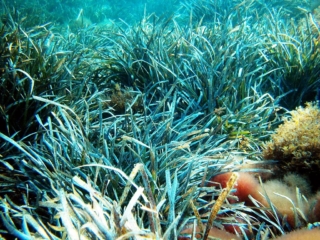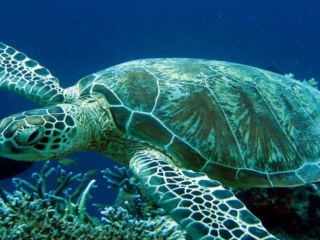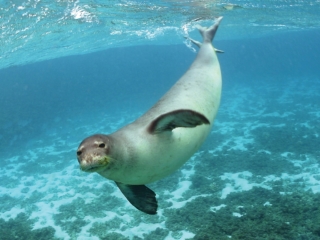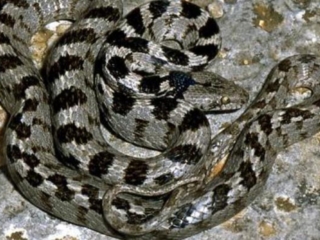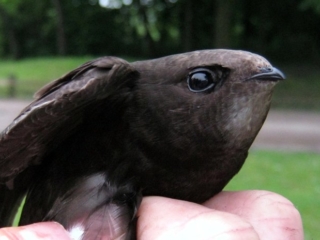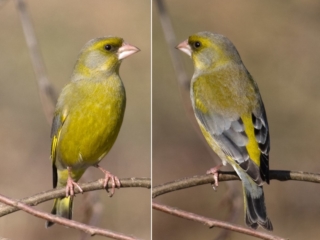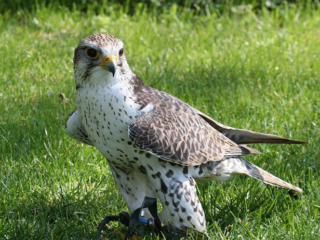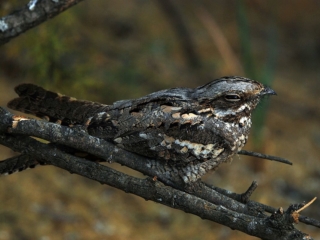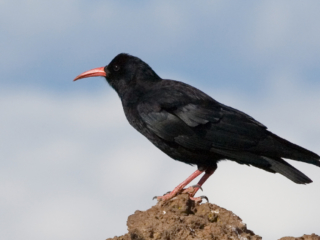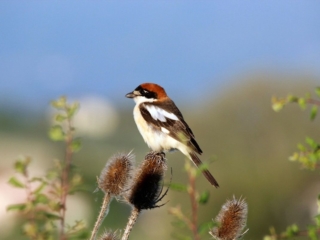Fauna
The island is important for birdlife, as it lies on a major migratory route.
Among the birds of prey that live here are buzzards, black kites, harriers, hawks, kestrels, golden eagles, kestrels, and rock kestrels.
The island partridge can still be found in the scrubland, while the raven and the red-billed chough are common in the mountains. Many water birds can be found in the Tristomo wetland.
The area is important for seabirds, such as the rare Aegean seagull, the cormorant, the artemis, and the myx.
Other birds found on the island include the turtle dove, the wild pigeon, the hoopoe, the owl, the hoopoe, the goat, the tree pipit, the lark, the corn bunting, the pale corn bunting, the rare sandpiper, the rock bunting, the white wagtail, the blue rock thrush, the blackcap, the black-eared wheatear, the Aegean wheatear, the pale-legged wheatear, the kestrel, the red-headed bunting, the fig-eater, the goldfinch, the flamingo, the fanet, the prunella, the vineyard warbler, and the chiffchaff.
Karpathos occupies a special place worldwide due to two endemic amphibians that are found exclusively here.
The shellfish is a salamander that lives in northern Karpathos, and the Karpathos frog is a small stream frog. Both species are listed in the Red Book of Threatened Vertebrates of Greece and are strictly protected by international laws.
The reptile fauna includes the endemic curtodactyl, the blind snake, the lizard, the samiamidis, the ophisopa, the black efi, the chameleon, the agiofido, and the nerofido, while the loggerhead turtle is frequently found in the seas.
Among the mammals on Karpathos, there is one undisputed star: the Mediterranean monk seal.
Of the other mammals, only hedgehogs, hares, wild rabbits, some species of small mice, and bats live here, such as the rhinolophus, the pyrromyotis, the mountain bat, the dwarf bat, and the noctule.
The island is also home to many rare and endemic invertebrates, such as land crabs, crickets, grasshoppers, butterflies, cicadas, isopods, coleoptera, and snails.
In the sea area around Karpathos, there are large areas of Posidonia meadows, while the seabed still holds good numbers of lobsters despite overfishing.
Source: http://www.naturagraeca.com
